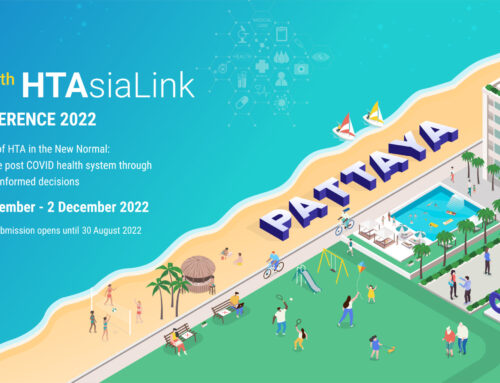 In the global scheme of medicines provision, low- and middle-income countries (LMICs) face difficulties in ensuring medicine access. Aside from the improvements still needed to healthcare infrastructure, financing, and service delivery, these countries also face issues in prioritizing their health services and ensuring the sustainability of their benefits packages. These issues are complex, but even more so when considering inclusion of off-label medicines and the benefits, risks, and political considerations they need to consider.
In the global scheme of medicines provision, low- and middle-income countries (LMICs) face difficulties in ensuring medicine access. Aside from the improvements still needed to healthcare infrastructure, financing, and service delivery, these countries also face issues in prioritizing their health services and ensuring the sustainability of their benefits packages. These issues are complex, but even more so when considering inclusion of off-label medicines and the benefits, risks, and political considerations they need to consider.
So, what are off-label medicines?
Off-label use of medications involves “prescribing currently available and marketed  medications but for an indication (e.g., a disease or a symptom) that has not been approved by a country’s drug administration”. The term can also apply to the use of a marketed medication in a patient population (e.g., pediatric), dosage, or dosage form that does not have a country formal approval.”[1] It can be common practice in countries, especially amongst patient populations that are less likely to be included in clinical trials, such as pregnant women, children, extremely elderly and mental health patients. Medicines may also be registered for a certain indication in some countries but not in others, which begs the question on their registration and availability in countries that may have more stringent regulations on off-label medicines. They can be controversial because they have not undergone a rigorous assessment process to ensure safety and clinical benefit. Nevertheless, obtaining approval for a new medical indication can be resource and time consuming and industry players are not willing to invest, especially when medicines are not patented.
medications but for an indication (e.g., a disease or a symptom) that has not been approved by a country’s drug administration”. The term can also apply to the use of a marketed medication in a patient population (e.g., pediatric), dosage, or dosage form that does not have a country formal approval.”[1] It can be common practice in countries, especially amongst patient populations that are less likely to be included in clinical trials, such as pregnant women, children, extremely elderly and mental health patients. Medicines may also be registered for a certain indication in some countries but not in others, which begs the question on their registration and availability in countries that may have more stringent regulations on off-label medicines. They can be controversial because they have not undergone a rigorous assessment process to ensure safety and clinical benefit. Nevertheless, obtaining approval for a new medical indication can be resource and time consuming and industry players are not willing to invest, especially when medicines are not patented.
For more details please visit the full blog https://globalhitap.in1day.live/considering-the-inclusion-of-off-label-medicines-in-universal-health-coverage-uhc-packages/



